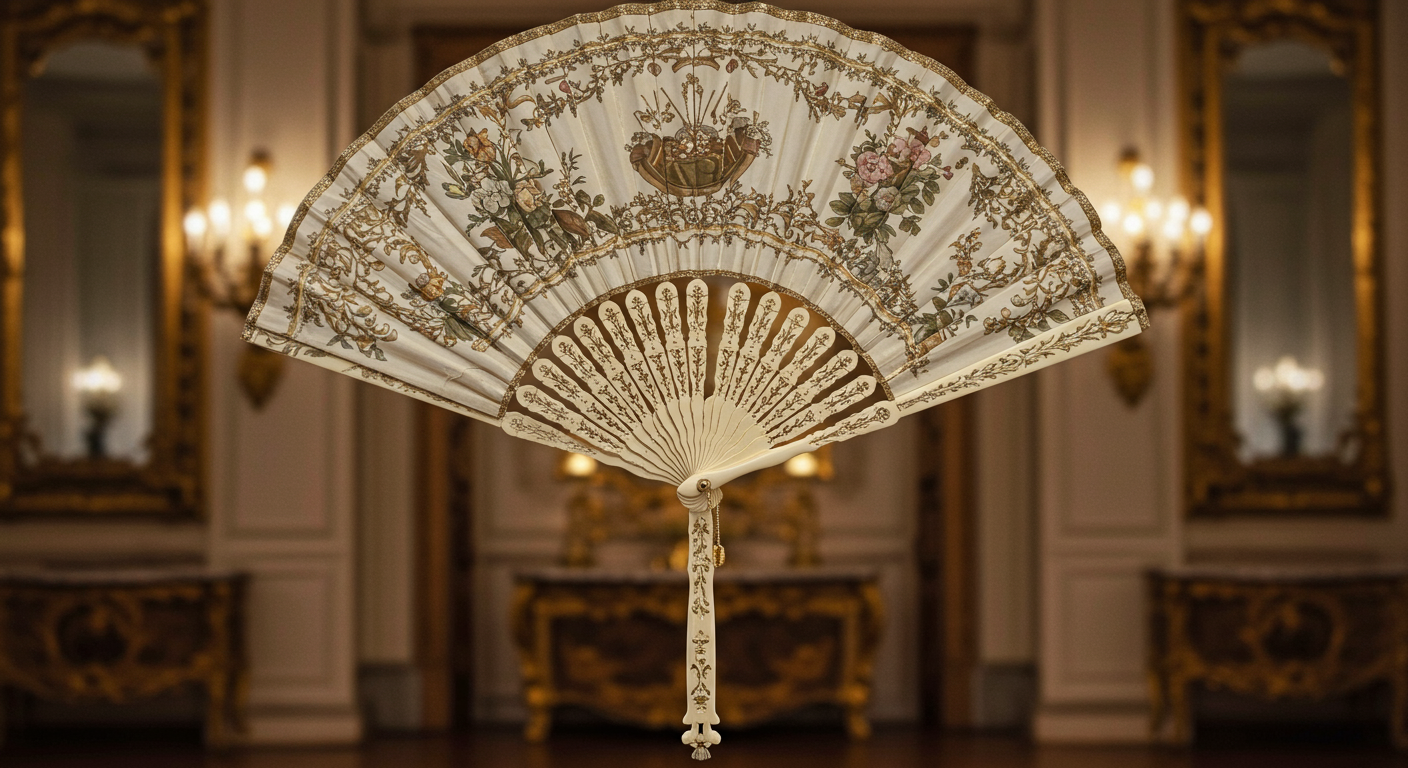Now Reading: The Enduring Allure of the Ring: Symbolism, History, and Modern Significance
- 01
The Enduring Allure of the Ring: Symbolism, History, and Modern Significance
The Enduring Allure of the Ring: Symbolism, History, and Modern Significance

A Circle of Significance: The Ring’s Ancient Roots
The ring, a seemingly simple circle, holds a profound and enduring significance across cultures and throughout history. Its form, unbroken and continuous, naturally lends itself to symbolism of eternity, unity, and completeness. From the earliest civilizations, rings haven’t just been adornments; they’ve been potent symbols of power, commitment, and status.
Ancient Egyptians were among the first to embrace the ring, crafting them from materials like papyrus, reeds, and later, metals like silver and gold. These early rings often featured scarabs, symbols of rebirth and transformation, reflecting their belief in the afterlife. The Egyptians saw the circle as representative of eternity, without beginning or end. Rings symbolized the promise of everlasting love and life beyond death.
The Romans, influenced by the Egyptians, adopted the ring as a sign of betrothal and marriage. Initially, iron rings were common, signifying strength and permanence. Later, gold rings became more prevalent, indicating wealth and prestige. Roman rings often featured seals or engravings that were used for official business and personal identification.
Even in cultures less directly connected, like those in ancient Greece, rings held importance. While Greeks wore rings more as fashion accessories than symbols of binding commitment early on, they appreciated the artistry and craftsmanship involved, seeing them as status symbols or tributes to their gods. The use of rings to express affection and devotion grew over time.
From Signet Rings to Wedding Bands: Evolution of Form and Function
Over centuries, the design and function of rings have evolved significantly. The signet ring, once a vital tool for authenticating documents and sealing correspondence, exemplifies this evolution. These rings, typically worn by men of authority, featured a unique design or family crest engraved in reverse. When pressed into wax or clay, the ring’s impression created a distinctive seal, validating the document’s authenticity. The signet ring was a symbol of power and authority.
The wedding band, arguably the most universally recognized type of ring, also has a long and fascinating history. As mentioned earlier, the Romans used rings to signify betrothal, but the modern concept of the wedding band as a symbol of eternal love and commitment solidified over time. The choice of material and design of wedding bands varies widely across cultures and personal preferences, but the underlying meaning of unity and lasting devotion remains constant.
Beyond signet and wedding rings, many other types of rings have emerged, each with its own unique purpose and symbolism. Mourning rings, popular in the Victorian era, contained a lock of hair or a miniature portrait of the deceased. Posy rings, common in the 16th and 17th centuries, were inscribed with short poems or messages of love. Claddagh rings, originating in Ireland, symbolize love, loyalty, and friendship.
The diversity of ring styles reflects the diverse human experiences and emotions that rings are used to express.
Materials and Craftsmanship: The Art of Ring Making
The materials used to create rings have varied widely throughout history, depending on availability, cultural preferences, and technological advancements. Early rings were often crafted from natural materials like reeds, bone, and stone. As metalworking techniques developed, gold, silver, bronze, and iron became increasingly common.
Gold, valued for its malleability, durability, and inherent beauty, has long been a popular choice for rings, particularly wedding bands and other symbols of enduring value. Silver, another precious metal, offers a more affordable alternative to gold and is often used in intricate and decorative ring designs. Platinum, a strong and hypoallergenic metal, has gained popularity in recent years for its durability and resistance to tarnishing.
Beyond metals, gemstones play a significant role in ring design. Diamonds, renowned for their brilliance and hardness, are frequently used in engagement rings. Sapphires, rubies, and emeralds, along with a myriad of other precious and semi-precious stones, add color and personality to rings. The cutting, polishing, and setting of these stones require skilled craftsmanship and meticulous attention to detail.
The art of ring making involves a range of techniques, from traditional methods like lost-wax casting and hand-forging to modern technologies like CAD (computer-aided design) and 3D printing. The craftsmanship involved in creating a ring is a testament to the skill and artistry of the jeweler.
No products found.
Rings in Pop Culture and Storytelling
Rings have consistently captured our imaginations, featuring prominently in literature, film, and other forms of storytelling. Perhaps the most famous example is The One Ring from J.R.R. Tolkien’s The Lord of the Rings. This ring, imbued with immense power and corrupting influence, serves as a central plot device, driving the narrative and shaping the destinies of countless characters.
In Greek mythology, the ring of Gyges grants its wearer invisibility, raising profound questions about power, morality, and the temptation to abuse unseen authority. Numerous fairy tales feature magical rings that grant wishes or bestow special abilities.
The presence of rings in pop culture and storytelling reflects their potent symbolic value. They represent not only power and status but also love, commitment, and the enduring human desire for connection and meaning. Rings in fiction often act as metaphors for broader themes, reflecting our hopes, fears, and aspirations.
Rings in the Modern World: From Fashion to Technology
In the 21st century, rings continue to evolve and adapt to new technologies and trends. Fashion rings remain a popular form of self-expression, allowing individuals to showcase their personal style and taste. Rings are now crafted from a wide range of materials, including titanium, ceramic, and even wood, reflecting a growing interest in sustainable and alternative designs.
Smart rings are emerging as a new category of wearable technology. These rings can track fitness metrics, make contactless payments, control smart home devices, and even serve as a digital key. The integration of technology into rings blurs the line between adornment and functionality, opening up exciting new possibilities for the future.
The enduring appeal of the ring lies in its ability to transcend time and culture. Whether it’s a simple band of metal or a sophisticated piece of wearable technology, the ring continues to symbolize connection, commitment, and the enduring human desire for meaning and self-expression. The future of rings is bright, with innovations constantly pushing the boundaries of design and functionality.
No products found.















